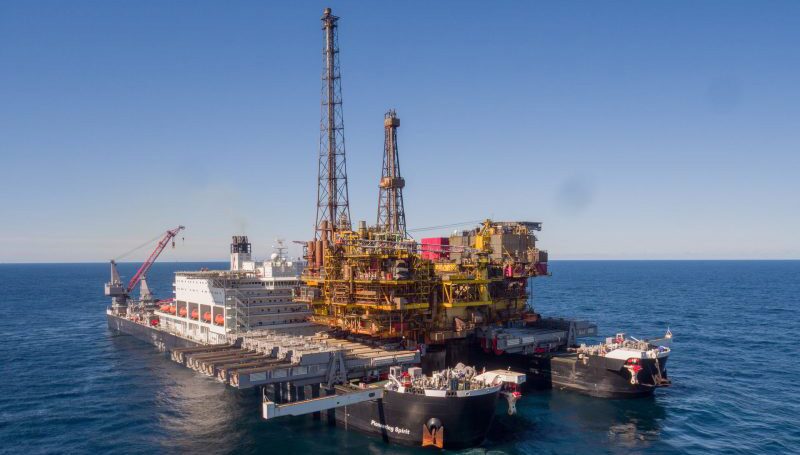When I started my career in our industry some 35 years ago, the North Sea was a very active area for oil and gas developments. Whether it was in the British, the Dutch or the Norwegian sector, new fields were discovered (e.g., the Miller field in the UK), others were declared commercial (such as the Troll field in Norway), and others began production (such as the Magnus field). At that time, everybody was busy developing plans and designs, and while there was this parameter called “design life,” I don’t think any of us were seriously pondering the true implication of that parameter.
Well, 35 years later we certainly are, and the North Sea is gearing up for a lot of decommissioning work in the years to come, and that is the case not just in the North Sea. All around the world offshore oil and gas facilities have reached or are reaching the end of their (in many cases extended) design life and decisions have to be made about what to do next. Originally it seemed that the goal had to be to fully restore the location to its original state (in other words, to remove everything above the seabed), but over time that approach seemed to change as it was recognized that marine life had developed and was prospering around these platforms.
So, additional work is required to determine the best way forward as well as how to actually do this work. Earlier this year, the topside of the Brent Delta platform, a 24,200-tonne facility sitting on concrete legs in 142 m of water, was removed in a single lift. Obviously a job like that requires some planning.
To get a better understanding of the various aspects associated with these types of activities, I have selected three papers and an OTC video presentation. The underlying message is really one and the same: Decommissioning of oil and gas facilities is going to be big business and will provide new opportunities for people in our industry.
But I want to emphasize one other point: As I said in the beginning, when I started my career, not much, if any, thought was given to what would happen to an offshore facility at the end of its design life. In hindsight, that was not the smartest thing to do and it makes the decommissioning work of those facilities a lot more challenging, to put it politely. So, whether you are involved in the design and construction of new facilities or the decommissioning of existing facilities, having a better understanding of decommissioning makes a lot of sense. And that is really the main reason why I selected this topic for this month’s selection.
Selected Technical Papers on Decommissioning
Integrating Decision Support Models With Value Attributes for Platform Decommissioning
Planning and Estimating Costs for Field Decommissioning in Brazil
Collaborative Tool Helps Companies Plan Decommissioning, Share Lessons Learned
OTC Video Presentation: Decommissioning Process Optimization Methodology


